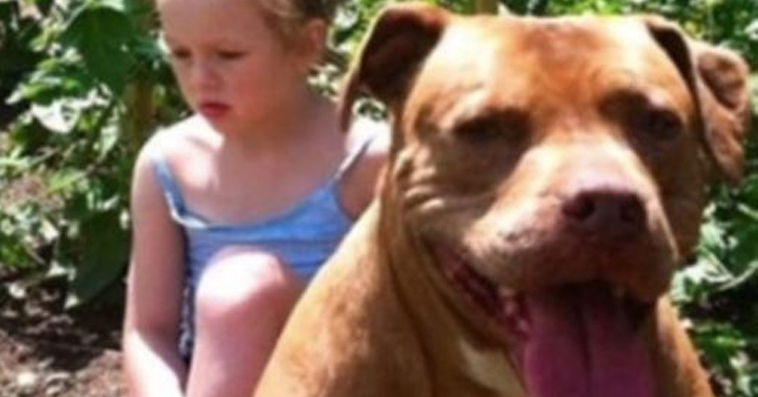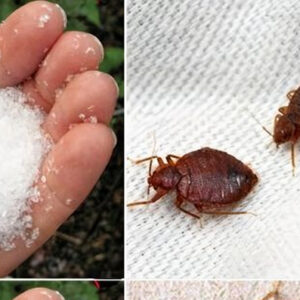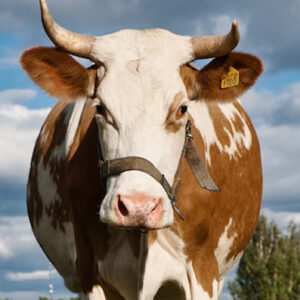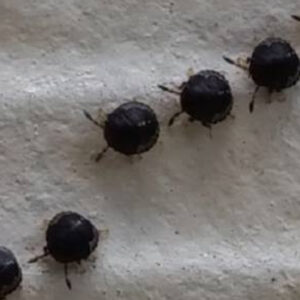Many birds are born with striking iridescent plumage that sets them apart and makes them highly visible. This eye-catching coat helps these creatures stand out wherever they go. If you ever have the chance to see these birds in their natural habitat, be sure to seize the opportunity.
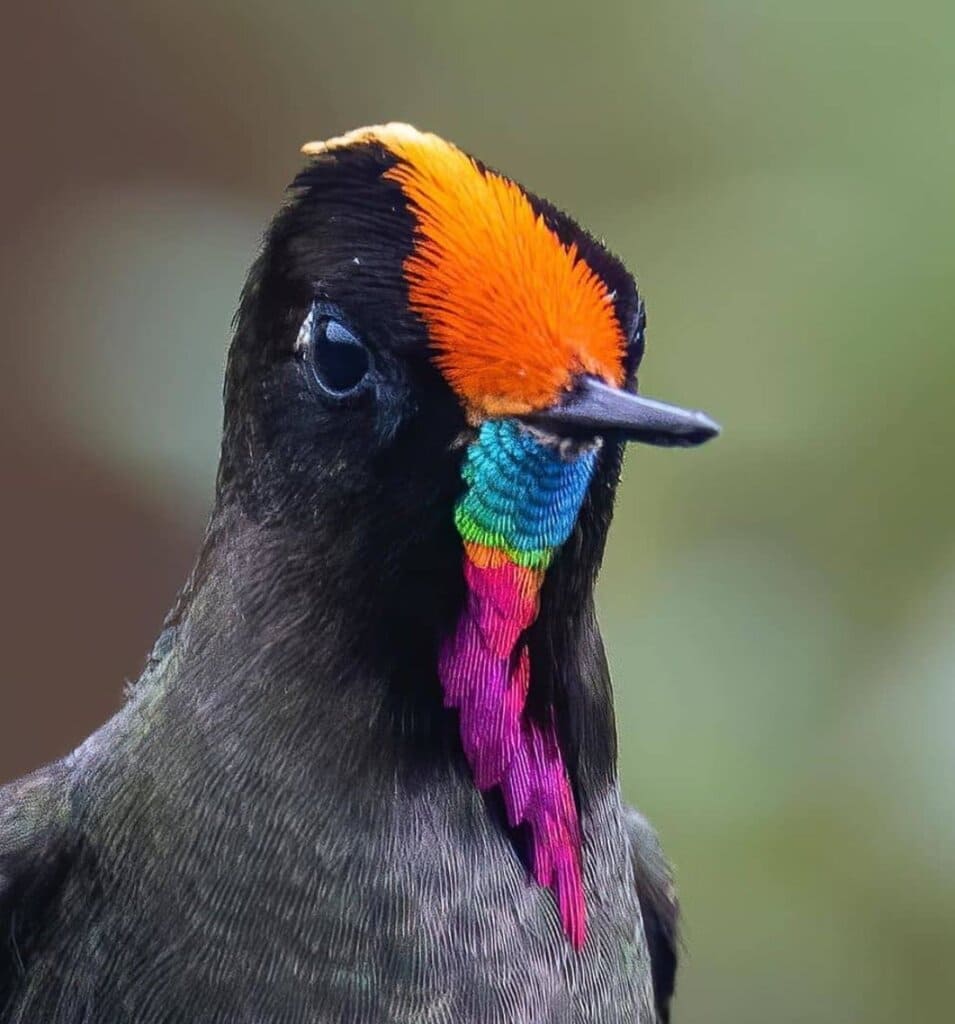
The rainbow-bearded thornbill is one of the exceptional birds that stand out due to its dazzling iridescent plumage. As the name implies, the bird has a vibrant array of colors on its face. Its head is a rich green shade with a lengthy crest in rufous on top, and a white spot behind each eye. If you observe its throat closely, you’ll notice hues of celadon-green, turquoise, yellow, red, and pink.
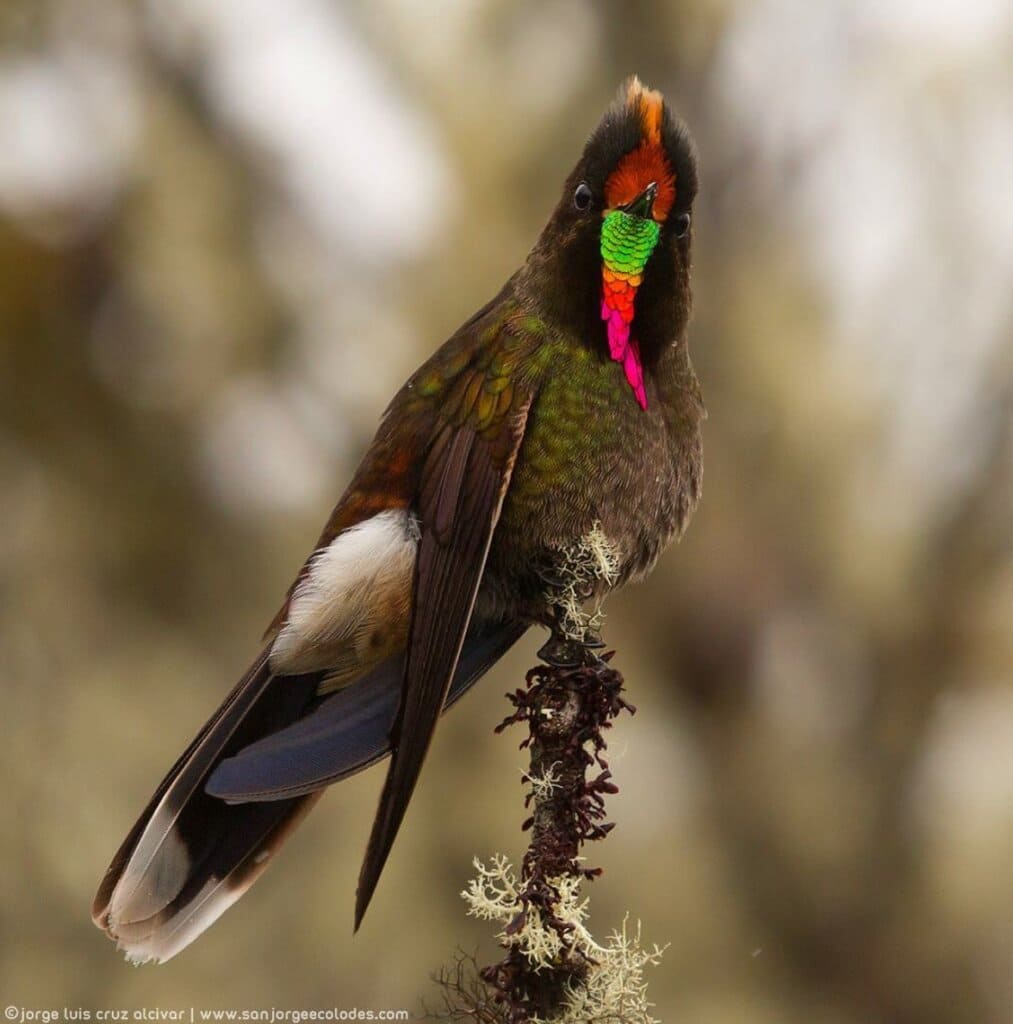
These petite birds have a strikingly long tail that catches the eye. The tail is dark purple and has distinct white tips at the edges.
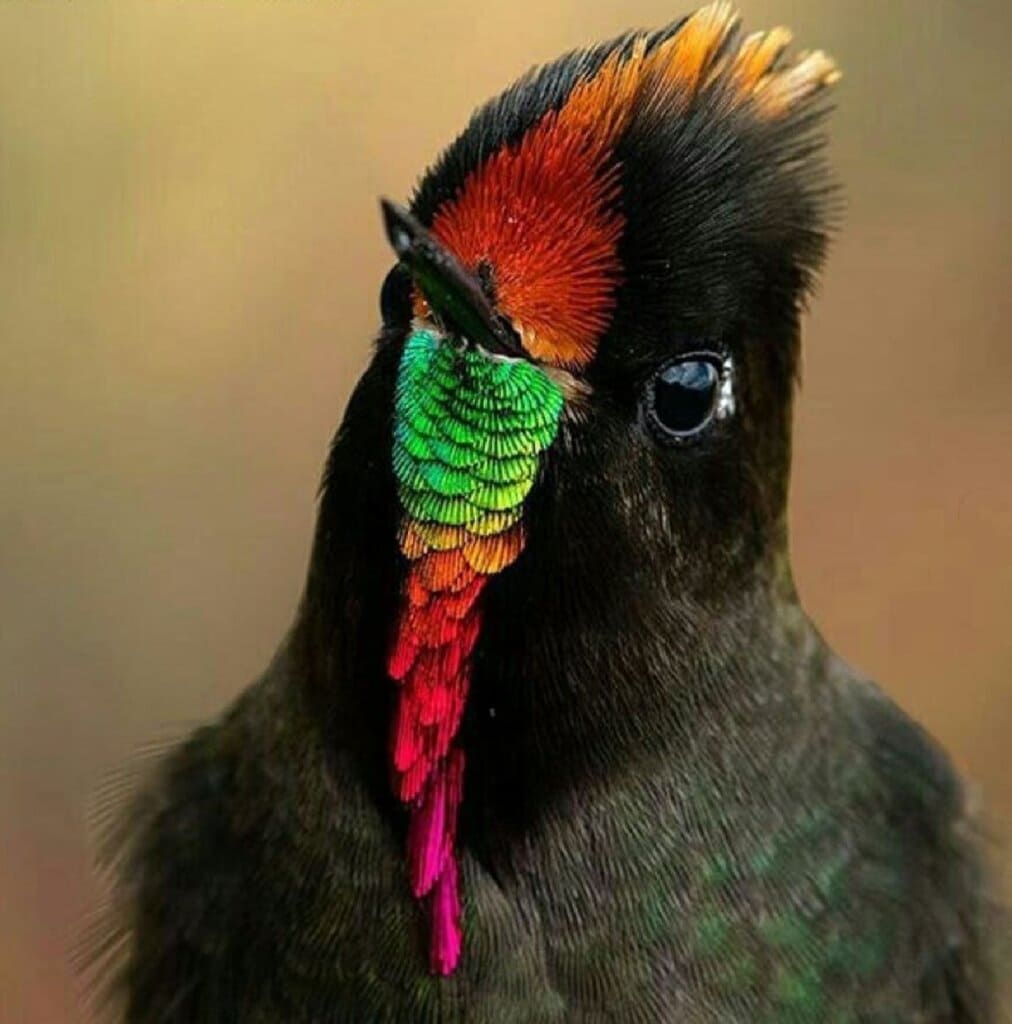
Let’s explore the magnificent appearance of this bird depicted below.
Female rainbow-bearded thornbill birds have a similar appearance to males, although they are slightly less vibrant. Their belly and tail feathers are a yellowish-ochre color. They also do not have the striking facial plumage of the male, similar to immature birds.
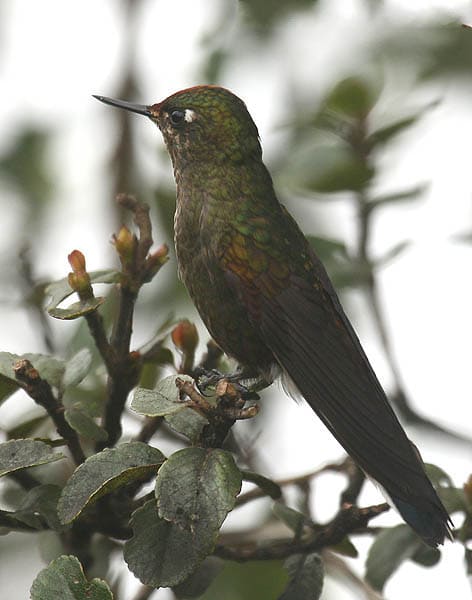
The rainbow-bearded thornbill is a member of the Trochilidae family, also known as hummingbirds. Their habitat spans across Ecuador, Colombia, and Peru.
These tiny birds are commonly found in subtropical or tropical high-altitude grasslands, elfin forests, open areas with shrubby patches and small woodlands, and ravines with thickets of ferns and bromeliads.
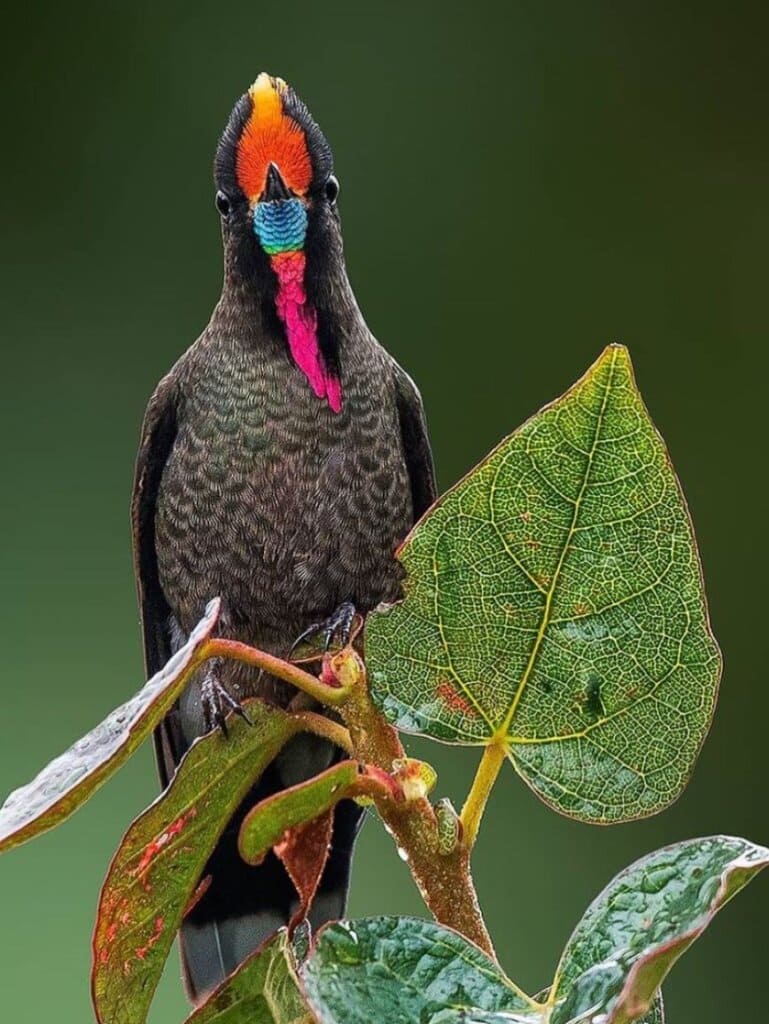
Throughout the breeding season, the female rainbow-bearded thornbill constructs its own cup-shaped nest using materials like woven plant fibers, green moss, soft plant fibers, animal hair, and feathers. These nests are usually built on a bush, shrub, or tree.
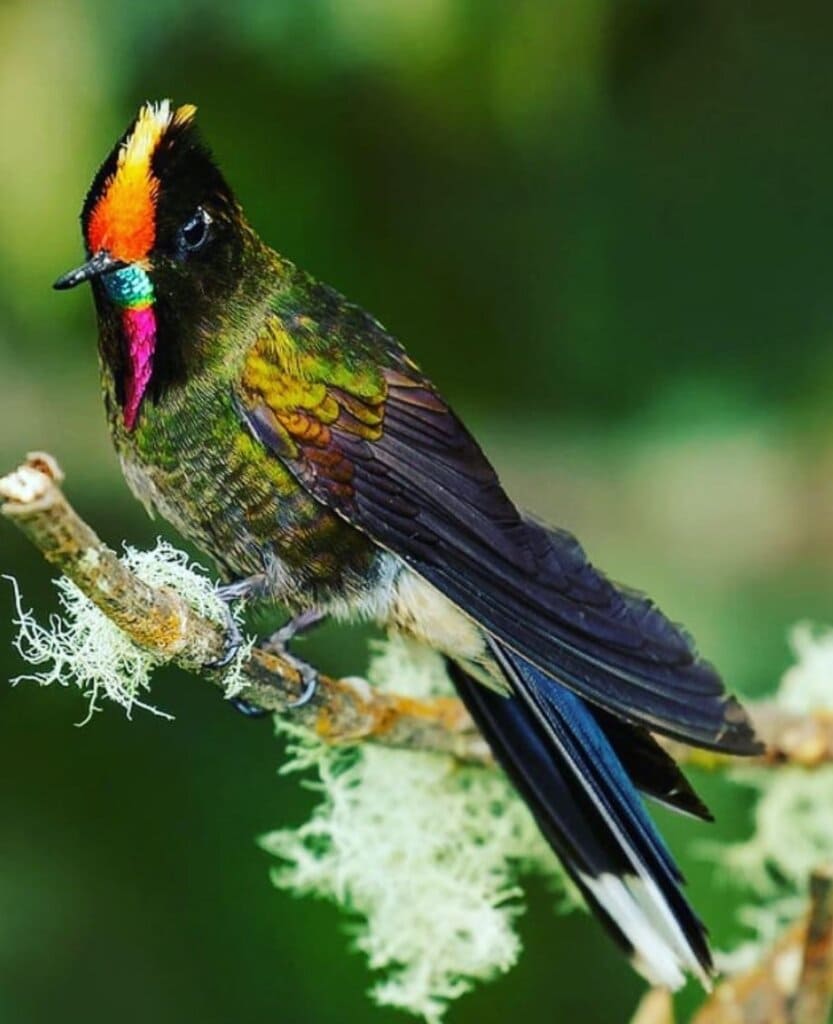
The female rainbow-bearded thornbill birds then lay eggs in their nests, and incubate them until they hatch. They will then feed and care for the young birds for about 7-10 days, until they are ready to fly on their own.
In terms of their diets, these beautiful hummingbirds primarily feed on nectar from small flowers, low bushes, and shrubs. However, they will occasionally supplement their diet with insects.
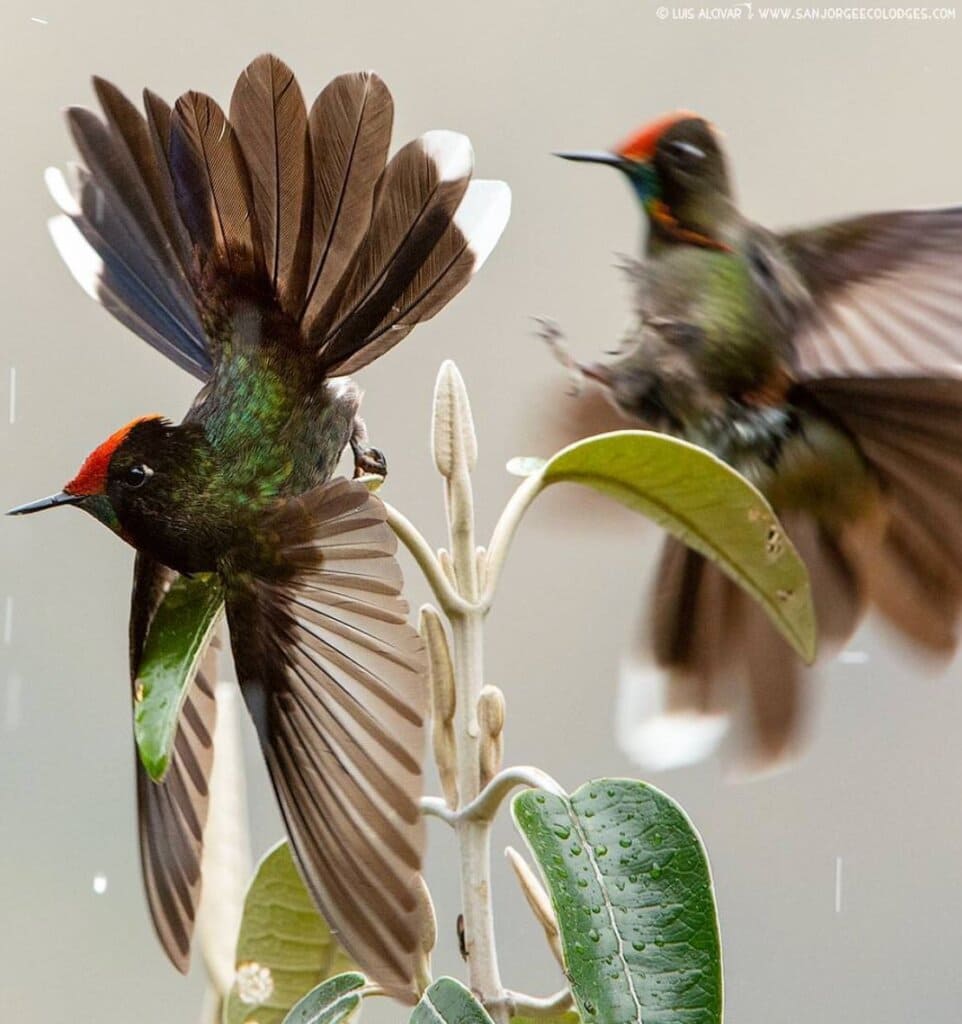
If you have an appreciation for these beautiful little birds, consider sharing this article with your loved ones. The natural world truly is incredible!
Image credit: IG shahbaz_birds & magic.birding

